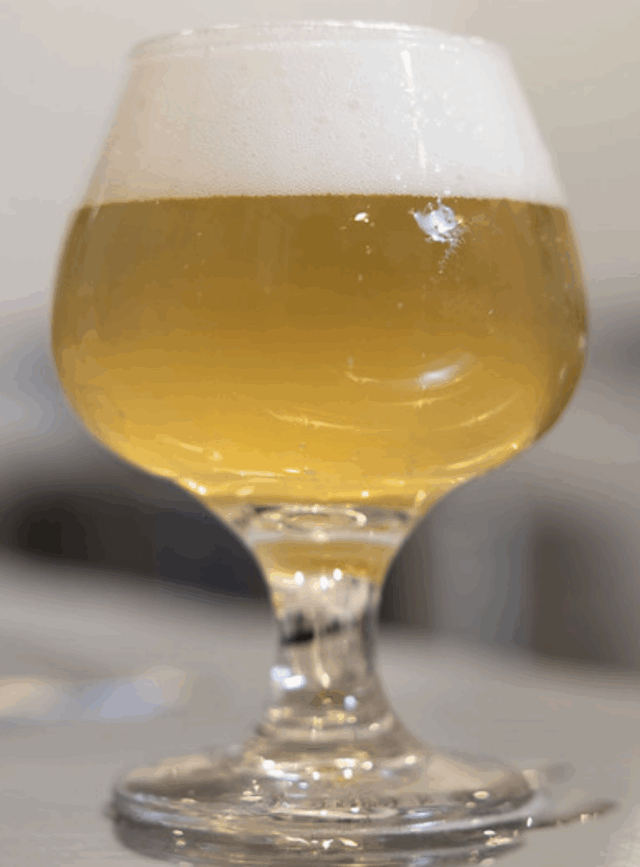
Credit:
Paden Johnson/CC BY-NC-SA
He and his team—including Christian Schubert, a visiting postdoc from the Research Institute for Raw Materials and Beverage Analysis in Berlin—brewed their own non-alcoholic beers, ranging from those made with 100 percent barley malt to ones made with 100 percent rice. They conducted a volatile chemical analysis to identify specific compounds present in the beers and assembled two sensory panels of tasters (one in the US, one in Europe) to assess aromas, flavors, and mouthfeel.
The panelists determined the rice-brewed beers had less worty flavors, and the chemical analysis revealed why: lower levels of aldehyde compounds. Instead, other sensory attributes emerged, most notably vanilla or buttery notes. “If a brewer wanted a more neutral character, they could use nonaromatic rice,” the authors wrote. Along with brewing beers with 50 percent barley/50 percent rice, this would produce non-alcoholic beers likely to appeal more broadly to consumers.
The panelists also noted that higher rice content resulted in beers with a fatty/creamy mouthfeel—likely because higher rice content was correlated with increased levels of larger alcohol molecules, which are known to contribute to a pleasant mouthfeel. But it didn’t raise the alcohol content above the legal threshold for a nonalcoholic beer.
There were cultural preferences, however. The US panelists didn’t mind worty flavors as much as the European tasters did, which might explain why the former chose beers brewed with 70 percent barley/30 percent rice as the optimal mix. Their European counterparts preferred the opposite ratio (30 percent barley/70 percent rice). The explanation “may lie in the sensory expectations shaped by each region’s brewing traditions,” the authors wrote. Fermentation also occurred more quickly as the rice content increased because of higher levels of glucose and fructose.
The second study focused on testing 74 different rice cultivars to determine their extract yields, an important variable when it comes to an efficient brewing process, since higher yields mean brewers can use less grain, thereby cutting costs. This revealed that cultivars with lower amylose content cracked more easily to release sugars during the mashing process, producing the highest yields. And certain varieties also had lower gelatinization temperatures for greater ease of processing.
International Journal of Food Science, 2025. DOI: 10.1080/10942912.2025.2520907 (About DOIs)
Journal of the American Society of Brewing Chemists, 2025. DOI: 10.1080/03610470.2025.2499768